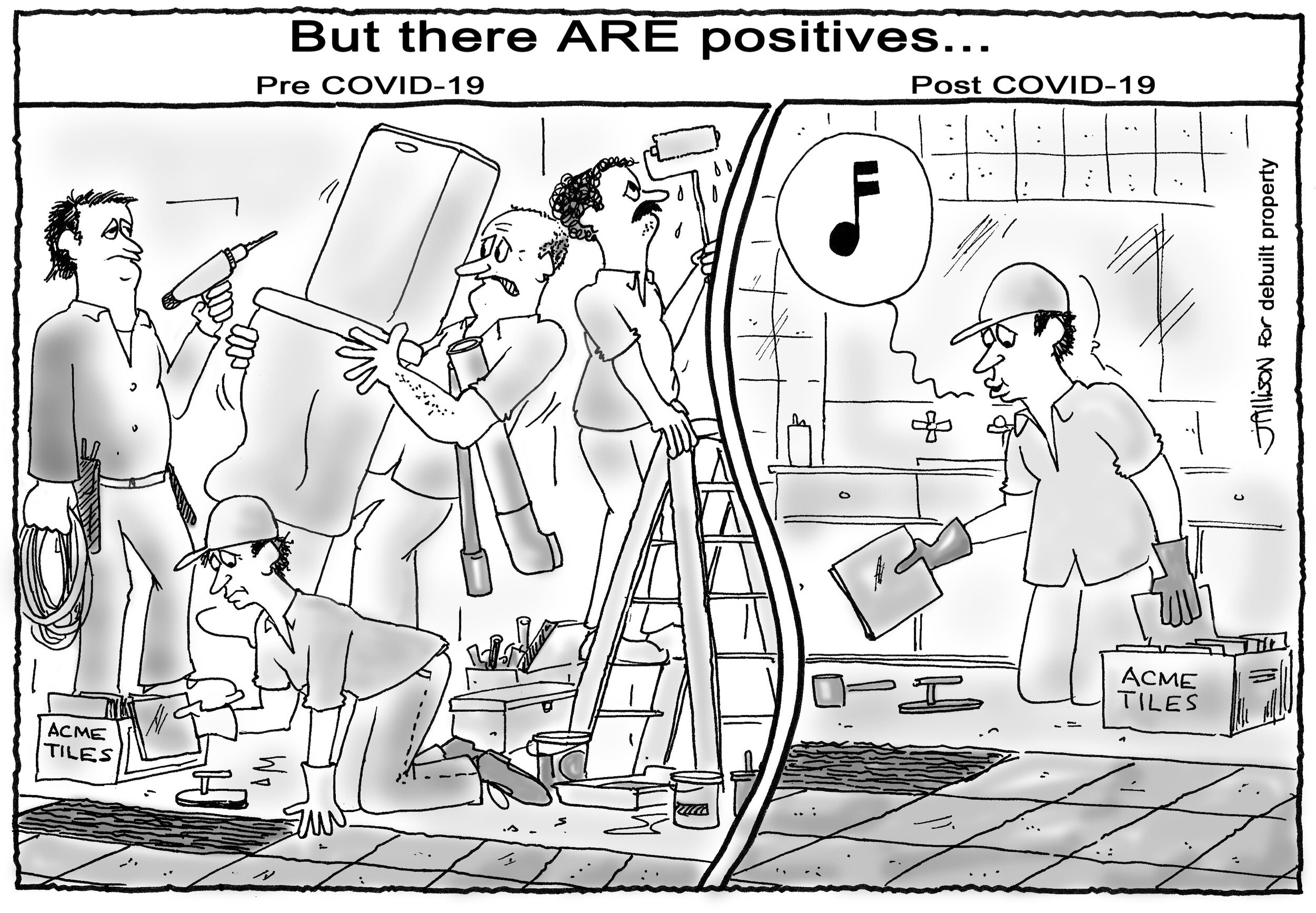Jesse Radisich, Director at Savills, is one of the most respected and active commercial agents within the Melbourne market, with an enviable track record of development site, commercial and retail property sales. With a reputation as a trustworthy adviser, Jesse has built a strong following of loyal clients and repeat business. Having transacted in excess of $2billion worth of Melbourne property throughout his career, Jesse has outstanding experience and ties throughout the Melbourne property market.
There is no doubt that the property market is experiencing unprecedented and tremendously challenging conditions. So what are investors looking for in the current market?
1 Tenant Use & Offering
The current lockdown period that Melbourne is enduring has resulted in something never before seen - deserted city streets, empty office buildings and once thriving suburban retail strips so quiet you could stroll down the middle of the street. The term ‘essential service’ has become part of our vernacular. Those services that have been allowed to continue to trade at essentially full strength include supermarkets, liquor stores, pharmacies and medical centres, and to a lesser extent food and beverage operators and childcare centres.
If you are one of the lucky commercial property owners to own a property with a tenant deemed an ‘essential service’ or with a particularly strong and ‘defensive’ tenant such as a Government occupant, then you would expect to see a heightened level of demand and competition for your asset in the current market, all else being equal.
Some key recent Savills sold examples include:
a strata suburban pharmacy that attracted over 180 interested parties, 15 individual offers and ultimately sold for an exceptionally strong price
an off-the-plan strata office asset with a pre-lease to a Government tenant sold off-market within 3 days for close to $10m
2 Tenant Financial Strength
Notwithstanding the Government intervention in the commercial property space and the mandating of compulsory rent relief to be provided by landlords to tenants, many businesses have seen their trade completely dry up and therefore revenue grind to a halt. Some businesses have been able to pivot and push more of their trade online, however many businesses that rely on a physical service offering such as hairdressers and beauty salons simply have no mechanism for generating revenue without foot traffic and physical customers. Investors need to see certainty of income both now and beyond the impacts of the COVID-19 pandemic and will be more diligent than ever in assessing a tenant’s financial position and viability.
The biggest question on the mind of every investor right now is “How much rent is physically being paid and collected?”
3 Tenant & Lease Profile
In addition to the financial strength of a particular tenant, investors more than ever are gravitating towards defensive natured investments that provide a tenant that is a Government body, a major national or international brand, or part of a listed group or a listed company. Lease terms are always all important, but investors in the current market particularly want to ensure that the lease tenure will extend well beyond the likely impacts of this pandemic, and they need confidence that the tenant will be able to continue to trade their way through this period and come out the other side in decent shape.
4 Location
Location always underpins an investment decision and the quality of any investment asset. However, more than ever we are seeing investors move out of their preferred investment locations or suburbs in the pursuit of greater tenant strength and investment certainty. This is likely to see outer metropolitan and regional assets be in higher demand if they provide a highly secure and stable tenant.
There remains only one CBD, and the city along with blue-chip inner city suburbs will undoubtedly return to their former glory and continue to experience the strongest investor demand in the long-term.
5 Return
Naturally, investors are going to be seeking an appropriate return to compensate them for their allocation of capital and inherent investment risk. In the current market, investors are showing that they are willing to accept a lower return than they typically would have for a particular asset class, if they feel confident the investment satisfies the above points. Conversely, currently experiencing weaker demand are investment opportunities with non ‘essential services’ tenants, or tenants with a weaker profile. An investor considering such an asset will seek a higher return than normal to compensate them for this elevated risk level moving forward.
There is no doubt that the property market is experiencing unprecedented and tremendously challenging conditions. The hope is that as soon as people are able to move around more freely, retail trade will slowly ramp back up and the financial pressure on businesses will slowly lift. In the meantime and throughout 2020 thus far, investors have and will quickly hone their investment strategy to ensure the success of their investment decisions.











![ConstantineMimigiannis_Headshot_23012020_CC[1].png](https://images.squarespace-cdn.com/content/v1/5c197a32b105982976e5e89b/1599199935407-TQP295EY5V74S5TX6WDO/ConstantineMimigiannis_Headshot_23012020_CC%5B1%5D.png)











![TSK - no background[1].png](https://images.squarespace-cdn.com/content/v1/5c197a32b105982976e5e89b/1595989900501-M4Z3GB70TR35V89VYA5I/TSK+-+no+background%5B1%5D.png)

























